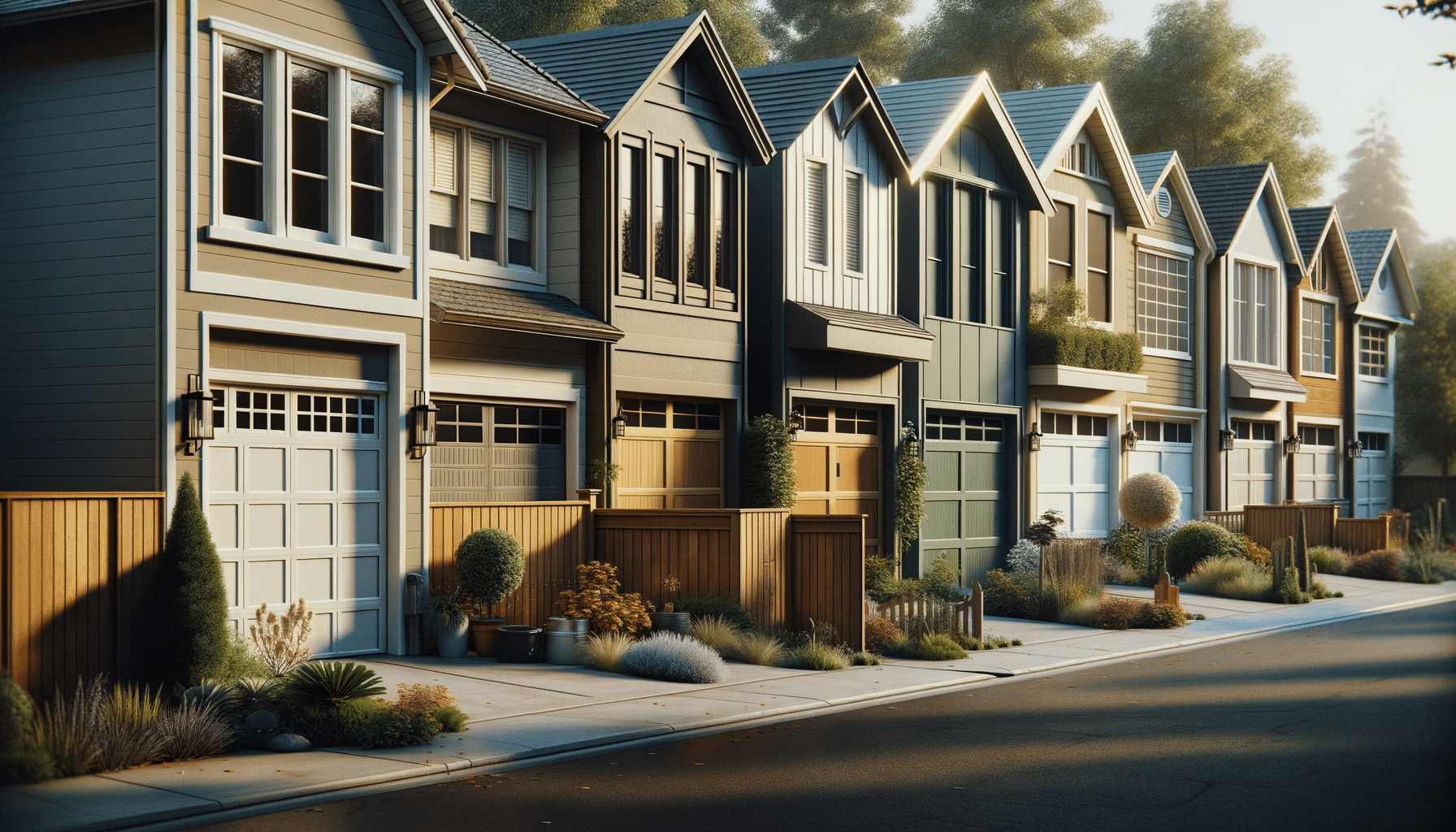
Aeration and Overseeding Services for a Thicker, Healthier Lawn Today
Understanding Overseeding: A Key to Lawn Revival
Overseeding is the process of planting grass seeds directly into existing turf without tearing up the turf or the soil. It is a straightforward method to improve the density of a lawn, fill in bare spots, and enhance its overall appearance. The practice is particularly beneficial for lawns that have thinned out due to weather, pests, or disease. By introducing new grass varieties, overseeding can also improve a lawn’s resistance to drought and its ability to withstand foot traffic.
When considering overseeding, timing is crucial. The best seasons for overseeding are typically late summer to early fall, as these periods offer warm soil, cool air, and plenty of rainfall, creating an ideal environment for seed germination. However, spring can also be a suitable time, especially in regions with mild climates.
Benefits of overseeding include:
- Increased lawn density and reduced weed growth.
- Improved lawn color and texture.
- Enhanced resistance to diseases and pests.
Ultimately, overseeding is a cost-effective way to rejuvenate your lawn, providing it with the vitality it needs to stay lush and green throughout the year.
The Power of Aeration and Overseeding Combined
Aeration and overseeding are often paired together for optimal lawn rejuvenation. Aeration involves perforating the soil with small holes to allow air, water, and nutrients to penetrate the grassroots. This process alleviates soil compaction, which can hinder root growth and nutrient absorption.
Combining aeration with overseeding maximizes the benefits of both practices. After aeration, the soil is primed to receive new seeds, which can settle into the aeration holes and germinate more effectively. This results in a thicker, healthier lawn that is more resilient to environmental stressors.
Key advantages of combining aeration and overseeding include:
- Improved soil health and root development.
- Enhanced seed-to-soil contact, promoting better germination rates.
- Increased lawn thickness and uniformity.
For homeowners seeking professional help, searching for “aeration and overseeding near me” can connect them with local experts who understand the specific needs of their region’s climate and soil conditions.
Choosing the Right Grass Seed for Overseeding
Selecting the appropriate grass seed is essential for successful overseeding. The choice depends on several factors, including the existing grass type, climate, and lawn usage. Common grass types for overseeding include perennial ryegrass, Kentucky bluegrass, and tall fescue, each offering unique benefits.
Perennial ryegrass is known for its quick germination and is ideal for cool-season lawns. It provides a lush, green cover and is excellent for high-traffic areas. Kentucky bluegrass, on the other hand, offers a beautiful, dense turf with a fine texture, making it a popular choice for aesthetic appeal. Tall fescue is renowned for its drought tolerance and adaptability, suitable for areas with limited water availability.
When selecting grass seed, consider the following:
- Compatibility with existing lawn grass.
- Local climate conditions and seasonal variations.
- Intended use of the lawn (e.g., recreational, ornamental).
Choosing the right seed ensures that the new grass integrates seamlessly with the existing lawn, enhancing its resilience and visual appeal. By investing in quality grass seed and proper overseeding techniques, homeowners can enjoy a vibrant and healthy lawn year-round.


